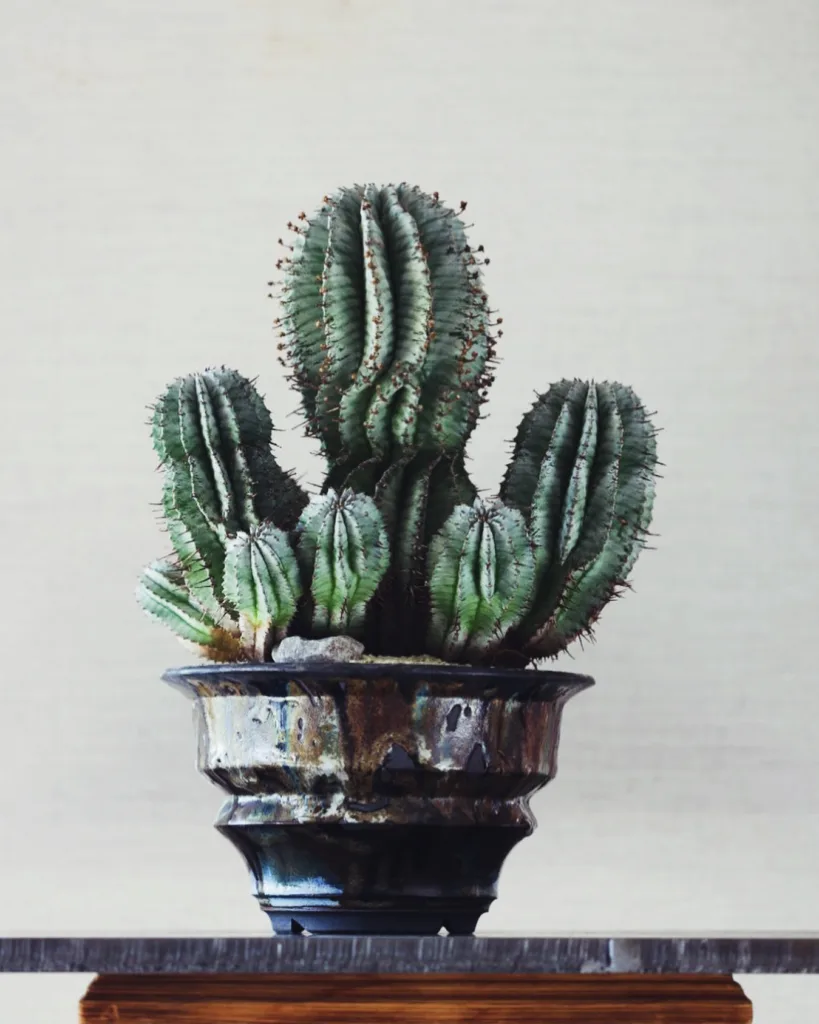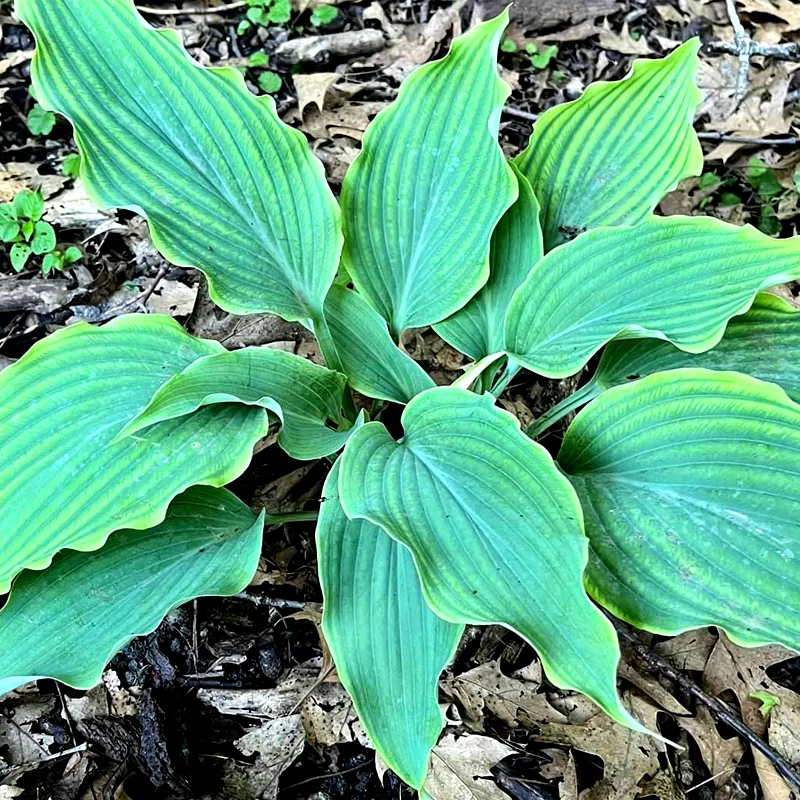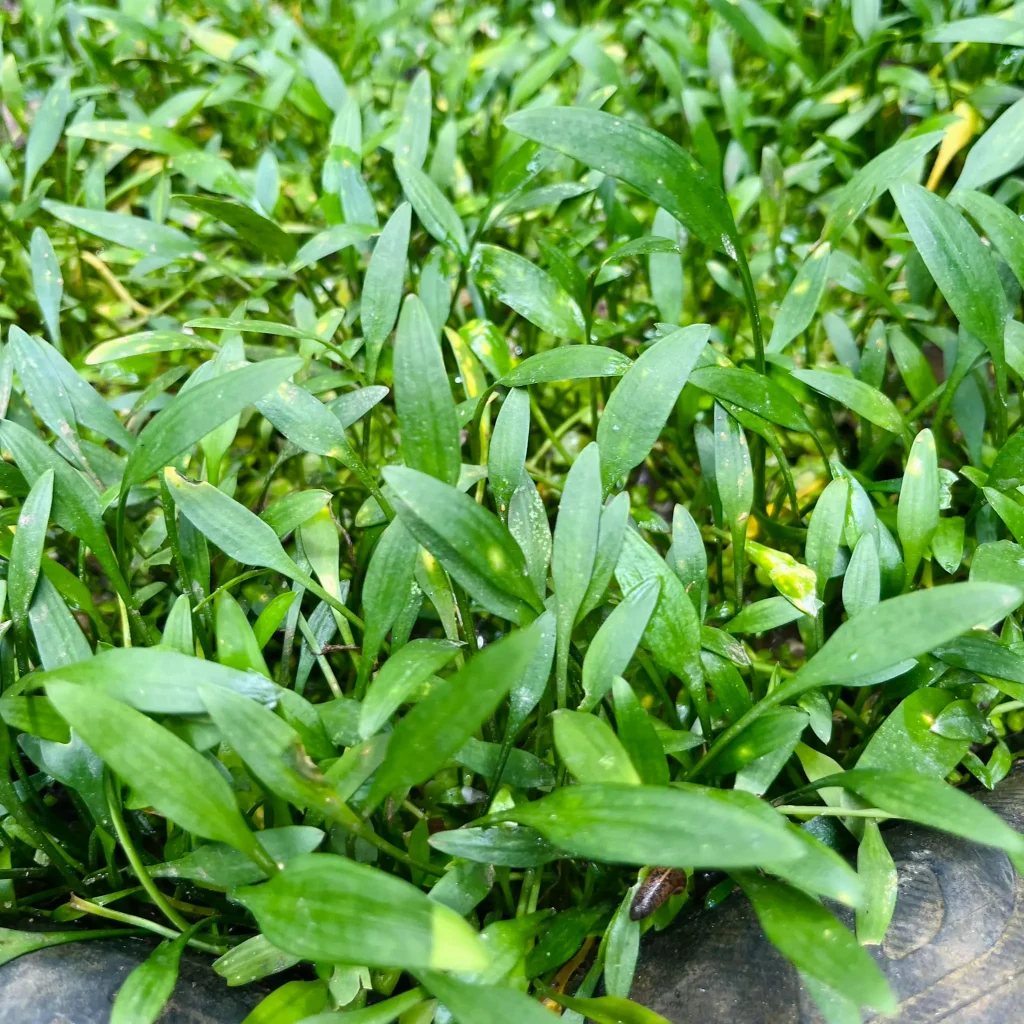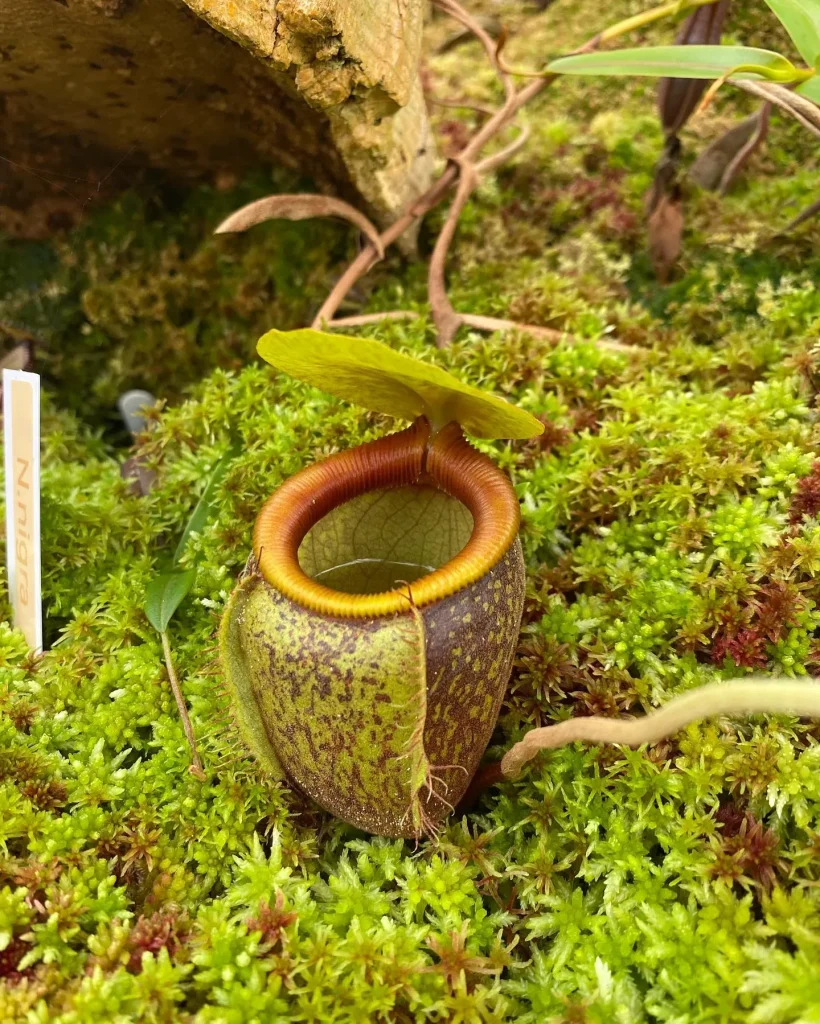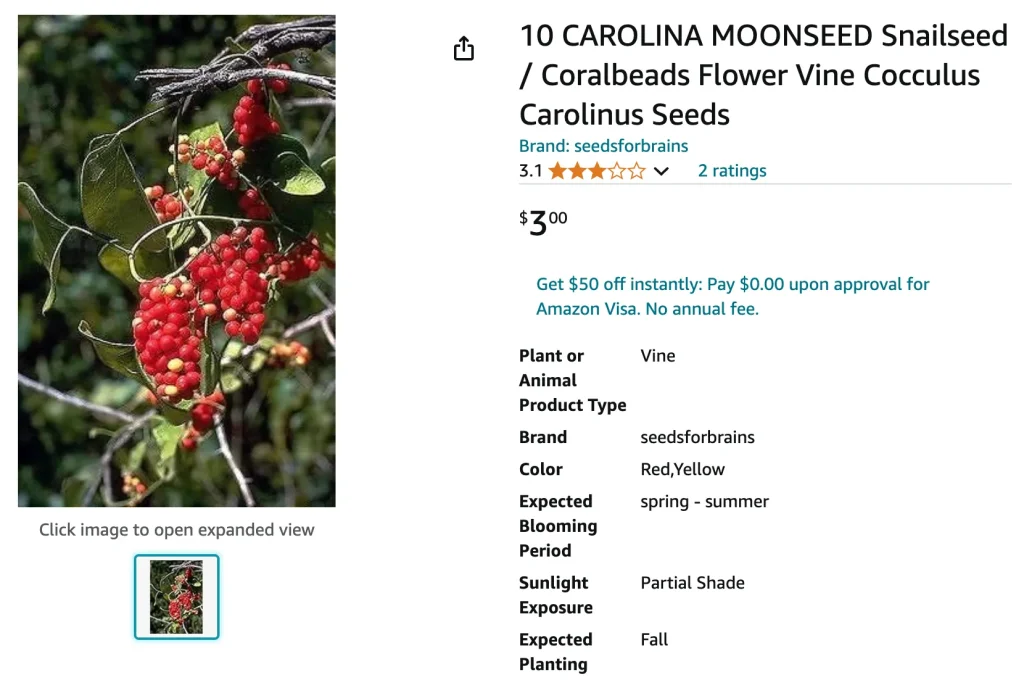
FAQs About Cocculus Carolinus
Cocculus Carolinus, often called the Carolina Snailseed, is a fascinating plant that caught my attention for several reasons. It’s a vigorous climber, with glossy green leaves and bright red berries that pop against the landscape. Whether you’re curious about its care, benefits, or propagation, I’ve gathered some of the most frequently asked questions about this unique vine. Let’s dive in.
What is Cocculus Carolinus?
Cocculus Carolinus is a perennial vine belong to the Menispermaceae family, native to North America, known for its rapid growth and striking appearance. This plant has small, heart-shaped leaves and clusters of vivid red berries that form in the fall. It’s commonly found growing in the wild, especially in wooded areas or along fences. The vine gets its name from the distinct spiral shape of its seeds, which resemble snails. Though it can be ornamental, it’s also somewhat invasive in the right conditions.
Plant Family: 80 Genera in Menispermaceae
How to Care for Cocculus Carolinus?
Caring for Cocculus Carolinus is relatively easy, which is one reason I love it. Here are the basic care guidelines:
- Light: This plant thrives in full sun to partial shade. I’ve noticed that it grows best in dappled sunlight or areas with morning sun and afternoon shade.
- Watering: It’s drought-tolerant once established, but I still water it regularly during dry spells to encourage strong growth.
- Soil: Cocculus Carolinus prefers well-drained soil. I’ve found that it adapts to a wide range of soil types, from sandy to clay-heavy soils, but it thrives best in loamy soil with good drainage.
- Pruning: It’s essential to trim it back occasionally to prevent overgrowth, especially if you don’t want it to invade nearby plants. The vine can become unruly if left unchecked.
How to Propagate Cocculus Carolinus?
Propagating Cocculus Carolinus is straightforward. There are two main methods I’ve used:
- Seed Propagation: After the berries mature in fall, you can collect the seeds. Plant them in the spring after the last frost, ensuring they have enough warmth and moisture to germinate.
- Cuttings: I’ve had success with softwood cuttings. Take a cutting from a healthy vine in spring or early summer, dip it in rooting hormone, and plant it in moist soil. Keep the cutting in indirect light until roots develop.
What to Plant with Cocculus Carolinus?
Choosing companion plants for Cocculus Carolinus can enhance its visual appeal while managing its growth. I like pairing it with:
- Climbing Roses: The soft colors of roses contrast beautifully with the vibrant berries of the vine.
- Clematis: Both vines twine well together, creating a layered effect. Plus, they require similar care.
- Native Grasses: Ornamental grasses work well for a textural contrast in more natural garden settings.
Is Cocculus Carolinus Toxic?
One common question is whether Cocculus Carolinus is toxic. While not considered highly toxic, the berries can cause mild stomach upset if ingested. I’ve kept this in mind around pets and children and ensure they don’t consume the berries. It’s always a good idea to use caution with any plant that produces fruit or seeds.
Benefits of Cocculus Carolinus
There are several benefits to growing Cocculus Carolinus. Beyond its aesthetic appeal, it provides habitat and food for local wildlife. Birds, in particular, are attracted to the bright red berries in fall and winter, making it a great plant for attracting wildlife to your garden.
Additionally, its dense growth habit makes it an effective privacy screen when trained on trellises or fences. I’ve used it this way to create a natural barrier in my yard, and it works well while still looking ornamental.
Common Problems with Cocculus Carolinus
While this vine is generally low-maintenance, it does have some potential issues:
- Invasive Growth: Left unchecked, Cocculus Carolinus can spread rapidly, choking out other plants. I make sure to prune it regularly to keep it under control.
- Pests: In my experience, it’s relatively pest-resistant, but aphids can sometimes appear. A quick spray of neem oil or insecticidal soap usually handles this.
- Powdery Mildew: Like many plants, it can develop powdery mildew in overly humid conditions. Good air circulation and spacing can help prevent this issue.
Cocculus Carolinus vs. Similar Plants
Cocculus Carolinus is sometimes confused with Smilax, another native climbing vine. While both have heart-shaped leaves and vigorous growth habits, there are key differences. Smilax has thorny stems, whereas Cocculus Carolinus does not, making it easier to handle. Additionally, Smilax’s berries are black, not red, which is another way to tell them apart.
How to Control Cocculus Carolinus if It Becomes Too Invasive?
If Cocculus Carolinus starts taking over your garden, it can be controlled with regular pruning. For larger infestations, I recommend cutting it back to the ground and applying a herbicide to the cut stems. Persistence is key because the root system can be stubborn.
Why I Recommend Cocculus Carolinus for Certain Gardens
Despite its potential for invasiveness, I still recommend Cocculus Carolinus for specific garden uses. Its fast growth makes it ideal for covering unsightly fences or walls, and its low maintenance means you won’t have to spend much time tending to it. Plus, if you love attracting wildlife like I do, the vine’s berries are perfect for bringing in birds.
Conclusion
Cocculus Carolinus is a versatile and eye-catching addition to the garden. Its vibrant berries, ease of care, and wildlife benefits make it a great choice for those looking to add a touch of natural beauty. However, it’s important to monitor its growth to avoid potential invasiveness. If you’re seeking a low-maintenance vine that packs a visual punch, this is one I’d recommend trying out.
If i die, water my plants!
